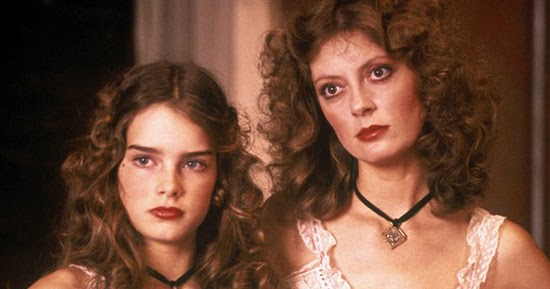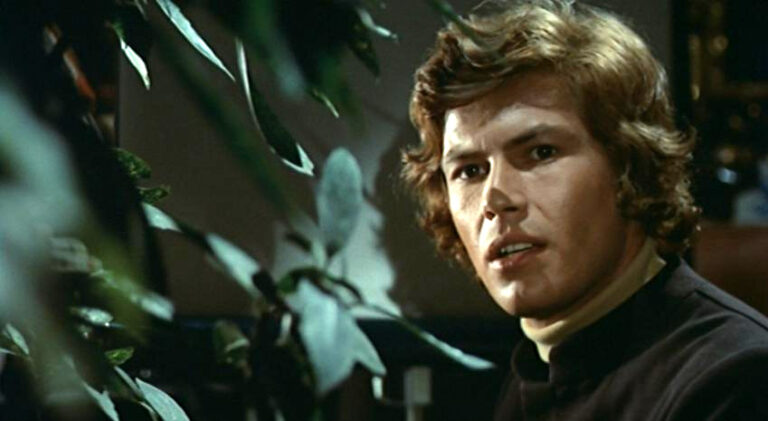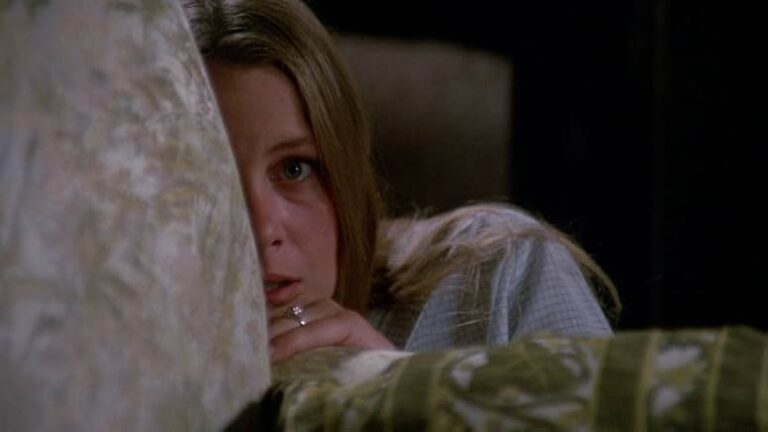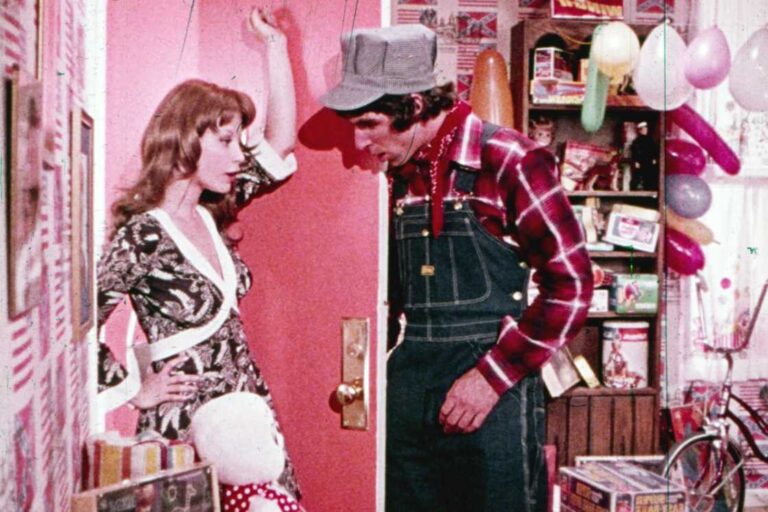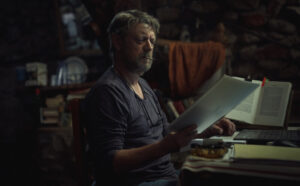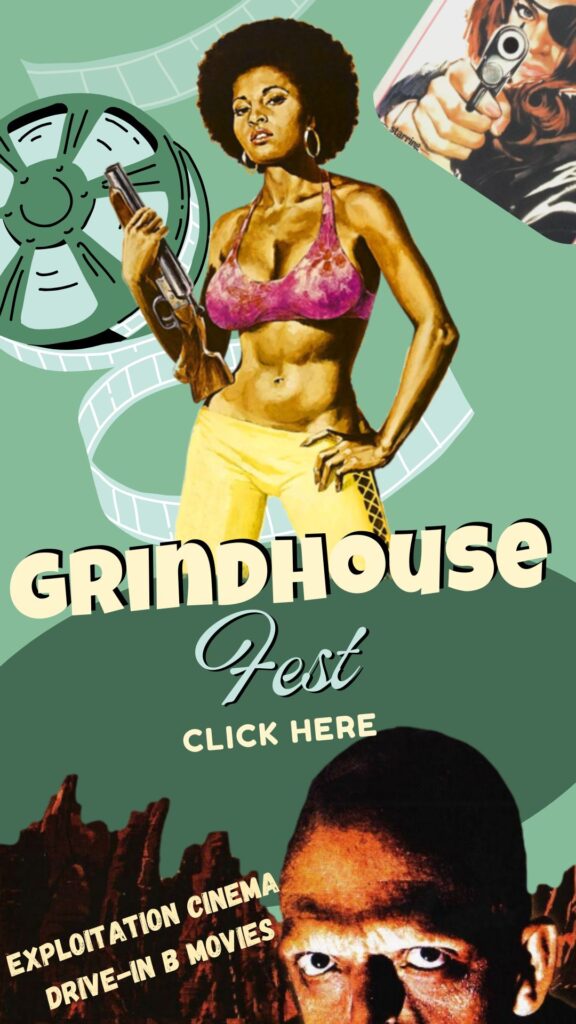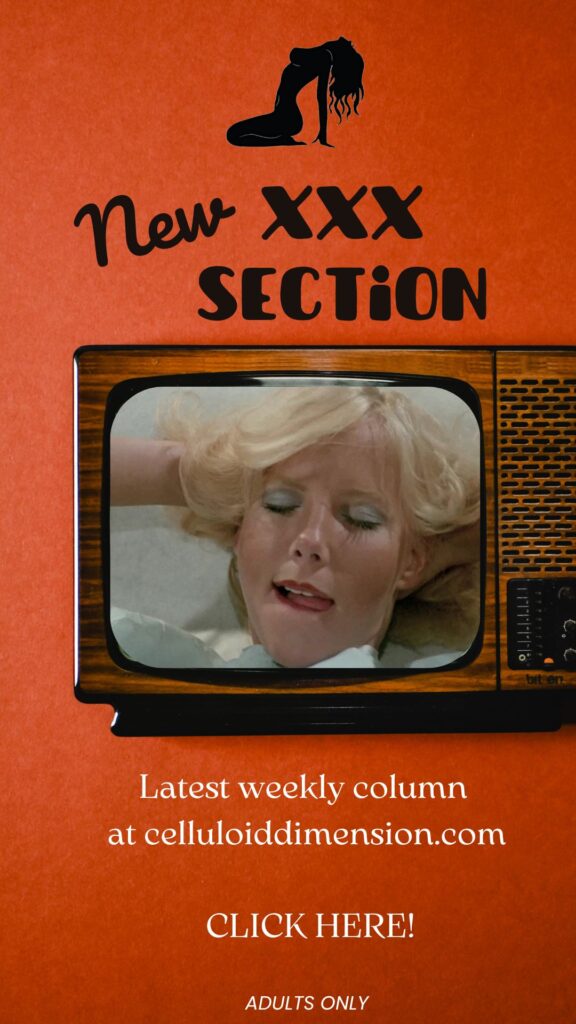Directed by Louis Malle
Written by Polly Platt
Starring:
- Brooke Shields as Violet
- Keith Carradine as Bellocq
- Susan Sarandon as Hattie
- Frances Faye as Nell
- Antonio Fargas as Professor
- Diana Scarwid as Frieda
- Barbara Steele as Josephine
Rating: ![]()
It is all too convenient to condemn a work of art solely for its controversy—just as it is all too easy to judge it through fallacy when emotion supplants intellect. Louis Malle’s Pretty Baby (1978) has endured such ethical scrutiny from its release to the present day, and for understandable reasons. Yet the very persistence of this debate attests to the film’s lingering power—its ability to provoke, to unsettle, and to linger in cultural consciousness. That this controversy remains alive is not to say Pretty Baby is a masterpiece of cinema, but it certainly seduces the viewer into considering that possibility, despite their moral reservations.
Pretty Baby marked Malle’s American debut, and it ignited a fascination with the United States that would shape the next phase of his career. The film’s aesthetic refinement owes much to Malle’s European sensibilities: the elegance of its period detail, the restraint of its compositions, and the patient, observational camera work all bear the stamp of an outsider’s eye. Yet the emotional core of the film—its strange blend of tenderness and cruelty—emerges largely from Polly Platt’s screenplay. Her writing treads a precarious line: at once delicate and abrasive, ambivalent yet fiercely grounded. It’s not sentimental, but neither is it cold. In its imperfections lies a haunting realism, one that is perhaps too honest for comfort.
This realism is the heart of the film’s enduring controversy. Pretty Baby does not flinch, does not obscure. It refuses the usual cinematic artifice of casting a young-looking adult or an older teen to play the child protagonist. Instead, it features an actual 11-year-old—Brooke Shields—as Violet, a girl living in a New Orleans brothel in 1917. The casting, for many, crosses a line. Shields, already familiar to audiences from Alice, Sweet Alice (1976), delivers a fearless performance—mesmerizing in its tragic eloquence and arguably the finest child performance of the 1970s. But her presence in scenes involving nudity, adult intimacy, and deeply mature themes pushes the bounds of artistic license, and with good reason, elicits unease and outrage.
The discomfort stems from a trifecta of transgressions: Shields appears nude in several scenes; she engages in unsettling interactions with adult men, including kisses and physical contact; and she is thrust into narrative circumstances that explore sexual precocity and exploitation. These elements generate inevitable—and valid—repudiation from audiences. Yet it is possible, I argue, to experience moral revulsion and still acknowledge the film’s artistic intent. My admiration for Pretty Baby lies more in its aesthetic achievements than in its narrative, but the boldness of its subject matter must be recognized, not dismissed. Sanitizing the material would have diminished the impact. The only way to expose the depravity of this world was to depict it with such searing, uncomfortable realism that it lays bare the moral corruption it seeks to portray.
The story unfolds in Storyville, New Orleans’ infamous red-light district, during the twilight of legalized prostitution. Hattie (Susan Sarandon), a young and irresponsible mother, works in an upscale brothel operated by Madame Nell (Frances Faye). Her daughter Violet, born and raised in this environment, grows up in close proximity to debauchery and neglect. For Hattie, it seems natural for her daughter to witness or even be included in the adult world around her. The film subtly suggests that Hattie herself likely experienced a similar upbringing, perpetuating a generational cycle of amorality.
When one of her clients proposes marriage, Hattie sees a way out and abandons Violet, promising to return for her once she reveals that Violet is her daughter, not her sister as she had claimed. Left behind, Violet’s world darkens further. Her curiosity and emotional isolation lead her to form an unsettling attachment to photographer Ernest Bellocq (Keith Carradine)—a relationship that evolves disturbingly from innocent companionship into inappropriate affection. Violet cannot distinguish right from wrong, but neither can the adults around her. Their moral compasses, too, are shattered or missing. For them, this life is ordinary—another day in Storyville. For us, it is devastating.
The central conflict with Pretty Baby lies not in what it depicts, but in how it depicts it. Malle and Platt present morally fraught material with unflinching naturalism. There is no overt judgment in the narrative. The characters’ world is presented as it is—not as it should be—and this refusal to moralize is what some interpret as an endorsement. Yet the psychological logic of the characters justifies this approach. Raised in an amoral environment, their behaviors are internally consistent. What seems idyllic to them is horrifying to us. Malle’s detachment—his refusal to guide the viewer’s moral response—mirrors the emotional detachment of the characters themselves. The result is disturbing, but also powerful.
I do not condone the methods used to achieve this realism—particularly the use of a real child in such explicit circumstances. Ethically, it is difficult to justify. But the film exists, and what has been done cannot be undone. Rather than focus solely on its moral failings, perhaps the more urgent conversation lies in what the film reveals: the continued exploitation and commodification of children, the moral blind spots of society, and the enduring relevance of these issues today. If Pretty Baby horrifies you, it should. That discomfort is part of its purpose. Its ethical ambiguities are the very tools it uses to lay bare its truth.
Ultimately, Pretty Baby is not a film designed to inspire consensus. It is a film that provokes—often painfully so. Whether one finds it reprehensible or revelatory, its impact is undeniable. It forces us to confront the uneasy intersection of art, ethics, and realism, and in doing so, it achieves something rare: a discomfort that demands reflection.
